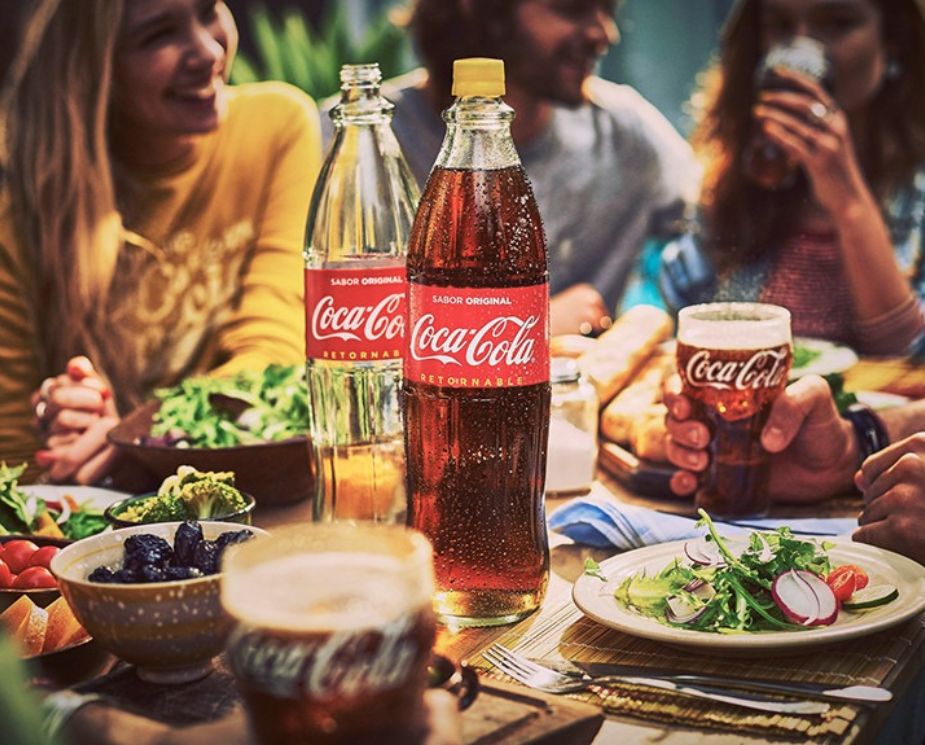Building a profitable food menu isn’t just about great dishes; the drinks you stock have a powerful influence on customer satisfaction, average order value and overall dining experience. The right soft drinks can enhance flavours, complement meal styles, and even guide customers toward higher-value choices.
Whether you run a takeaway, café, restaurant or QSR, matching your drinks with your food menu can help you:
- Increase upsells
- Boost perceived value
- Create better meal pairings
- Improve customer loyalty
- Reduce waste and overstocking
This guide explains how to select soft drinks that fit your cuisine, food style and customer expectations, helping you build a well-balanced, profitable drinks lineup.
Why Soft Drink Pairing Matters?
Customers rarely choose drinks in isolation. Their choices are heavily influenced by:
- The type of meal they’ve ordered
- Flavour intensity
- Temperature preference
- Portion size expectation
- Health or dietary goals
Matching soft drinks to your food menu creates a more cohesive and enjoyable experience.
When done correctly, this can increase the chance of customers adding a drink to every order.
Match Drinks Based on Cuisine Type
Different types of food naturally pair well with certain drink flavours or formats. Here are the best drink choices by cuisine:
1. Fast Food & Burgers
The flavours are rich, salty and often crispy, which means customers want refreshing, fizzy drinks.
Best matches:
- Cola drinks (Coca-Cola, Pepsi)
- Lemon-lime sodas (7UP, Sprite)
- Fizzy orange drinks (Fanta, Tango)
- Energy drinks for late-night orders
Why it works:
Carbonation cuts through grease, offering a fresh contrast to heavy meals.
2. Pizza & Italian
Pizza toppings can be heavy, cheesy or spicy, so bold flavours work well.
Best matches:
- Cola
- Sparkling fruit sodas
- Iced teas
- Sparkling water (premium or imported)
Why it works:
Crisp, fizzy drinks balance cheese, while sparkling water suits dine-in customers.
3. Fried Chicken Shops
Fried chicken menus benefit from strong, fruity and cooling drinks.
Best matches:
- Tropical fizzy drinks (Rubicon, Mirinda, KA)
- Cola
- Lemonade
- Still or flavoured water
Why it works:
Bold flavours complement the spices and crispiness.
4. Asian Cuisine (Chinese, Thai, Japanese, Korean)
These menus often include heat, sweetness and umami.
Best matches:
- Sparkling water
- Iced teas
- Light citrus sodas
- Aloe vera drinks
- Fruit juices
Why it works:
Crisp, cleaner flavours balance richer sauces.
5. Indian, Pakistani & Middle Eastern Cuisine
Spices are bold, aromatic and often intense.
Best matches:
- Mango drinks (Rubicon, Maaza)
- Lemonade
- Cola
- Mint or lime juices
- Sparkling water
Why it works:
Sweet and cooling drinks soften spices and refresh the palate.
6. Healthy Cafés & Brunch Restaurants
Customers expect low-sugar, premium and refreshing beverages.
Best matches:
- Smoothies
- Fresh juices
- Flavoured sparkling water
- Vitamin or functional drinks
- Kombucha (if offered)
Why it works:
Health-focused customers prefer natural and lighter drink options.
Use Drink Formats to Match Customer Eating Behaviour
How customers eat your food determines which drink format they prefer.
Cans work best for:
- Fast-paced takeaways
- Meal deals
- Single-portion meals
- High-volume fried or fast-food orders
Bottles work best for:
- Sit-in customers
- Families
- Breakfast and brunch
- Hydration-focused orders (water, juice)
- Longer meals
Understanding format behaviour helps reduce waste and improve stock rotation.
Pair Drinks by Flavour Profile
Food and drinks work like flavour partners. Use these principles to guide your choices:
1. Sweet + Spicy
Great for spicy meals.
Examples:
- Mango juice with biryani.
- Cola with peri-peri chicken.
- Lemonade with spicy wings.
2. Crisp + Rich
Great for cheesy, fatty or fried items.
Examples:
- Citrus sodas with burgers.
- Sparkling water with creamy pasta.
- Iced tea with fried chicken.
3. Tropical + Charred
Works well for grilled and smoky dishes.
Examples:
Passionfruit or pineapple drinks with BBQ meals.
4. Light + Healthy
Great for salads, wraps and brunch items.
Examples:
- Sparkling water
- Juices
- Low-sugar soft drinks
Consider Meal Deals and Upsell Opportunities
Your menu structure should guide drink stocking.
Best drinks for meal deals:
- Cans of cola or lemonade
- Energy drinks
- Smaller fruit drinks
Best drinks for premium upsells:
- Bottled sparkling water
- Juices
- Smoothies
- Large-format bottles (500ml)
Best drinks for family bundles:
- 1L juices
- 500ml bottles of water
- Multi-pack soft drinks
This ensures every meal combination has a matching drink option.
Stock Seasonal Drink Options
Seasonality affects demand more than most businesses realise.
1. Summer Bestsellers
- Lemonade
- Sparkling water
- Fruit juices
- Iced tea
- Exotic/tropical drinks
2. Winter Bestsellers
- Cola
- Energy drinks
- Still water
- Richer fruit juices
Seasonal planning reduces overstocking and improves cash flow.
Analyse Customer Data
If you have access to order patterns:
- Look at your top 10 food items.
- Review which drinks are most commonly bought with them.
- Identify missing opportunities (e.g., “burgers sell more, but lemonade is rarely chosen, stock a stronger brand”)
This is how restaurants fine-tune their drink lineup for maximum profitability.
Conclusion
The best-performing foodservice businesses don’t just stock drinks at random; they build a strategic pairing system that maximises sales.
Match your drinks to your:
- Cuisine
- Flavour profiles
- Customer preferences
- Meal deals
- Seasonal needs
A balanced selection ensures customers always find the perfect drink to accompany their meal, boosting both satisfaction and profitability.

